With the rapid development of communication and digital technology, mobile phones and mobile phone accessories have undergone several upgrades in just over two decades, becoming the epitome of technological progress.
Everyone in the mobile phone accessories industry knows that most of the mobile phone charger shells are now made of PC flame-retardant materials. Now, as a PD charger manufacturer, we will analyze the advantages and disadvantages of these three materials.
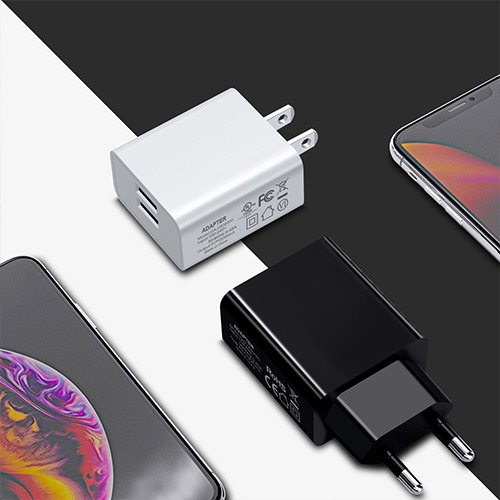
Engineering plastics refer to industrial plastics used as industrial parts or housing materials. They are plastics with excellent strength, impact resistance, heat resistance, hardness and aging resistance. The engineering plastics commonly used in the manufacture of mobile phone chargers mainly include PC , ABS, and PC+ABS.
According to the purpose, it can be divided into ordinary grade, temperature resistance grade, flame retardant grade, electroplating grade and so on.
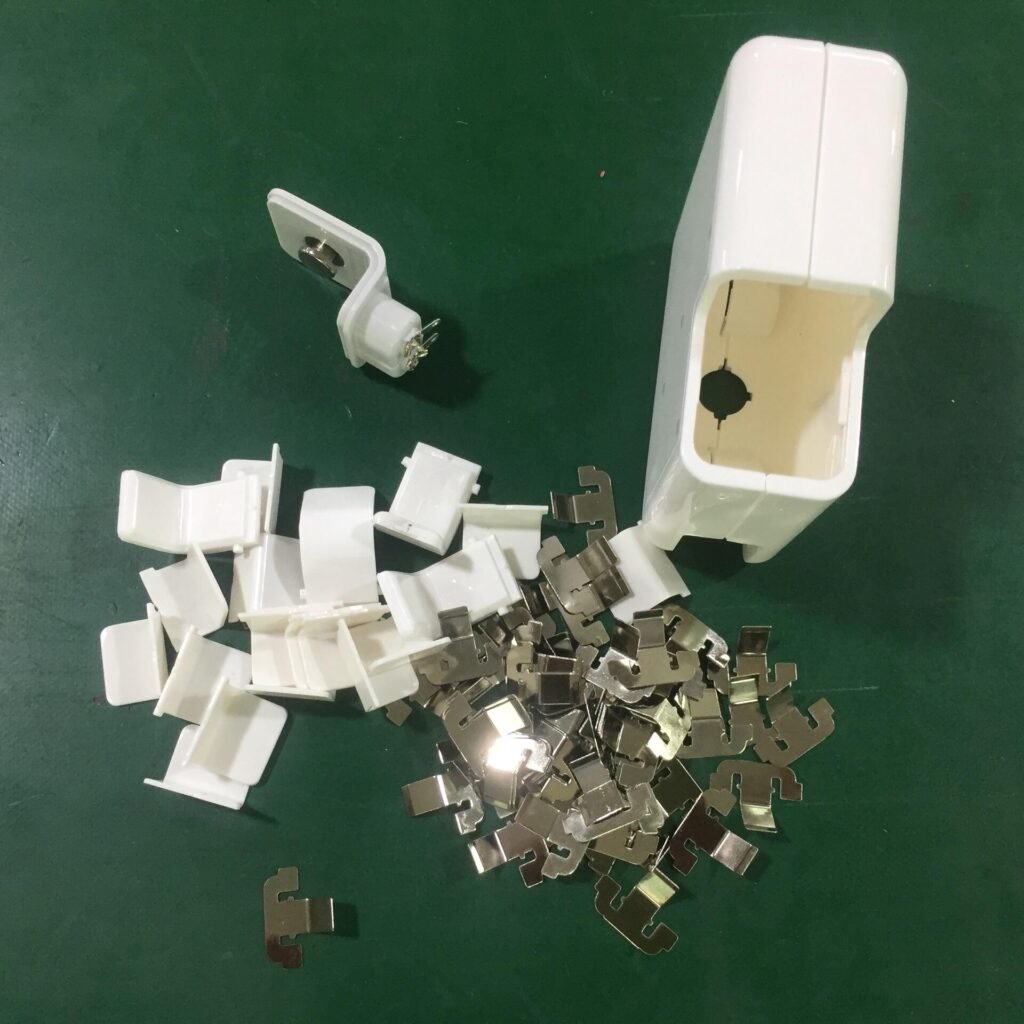
PC plastic
PC plastic is actually a tough thermoplastic resin. It has the characteristics of high strength, tensile resistance and high temperature resistance, long-term use can withstand a temperature of 130 degrees Celsius.It has good insulation and is a very good insulating material. Therefore, this material is used in the housing of many power adapters in the industry.

In the past, the famous Nokia mobile phone case was made of this material. This material has high strength, strong and durable, and it is not easy to deform under high temperature conditions. At the same time, it is tasteless and odorless and harmless to the human body.
ABS
The full name of ABS plastic is acrylonitrile-butadiene-styrene copolymer, which is characterized by low strength, good toughness, high temperature resistance, easy processing, plus its good fluidity, which is conducive to coloring. And spraying, so ABS plastic is generally used in household appliances, such as air conditioners, refrigerators, televisions and so on.
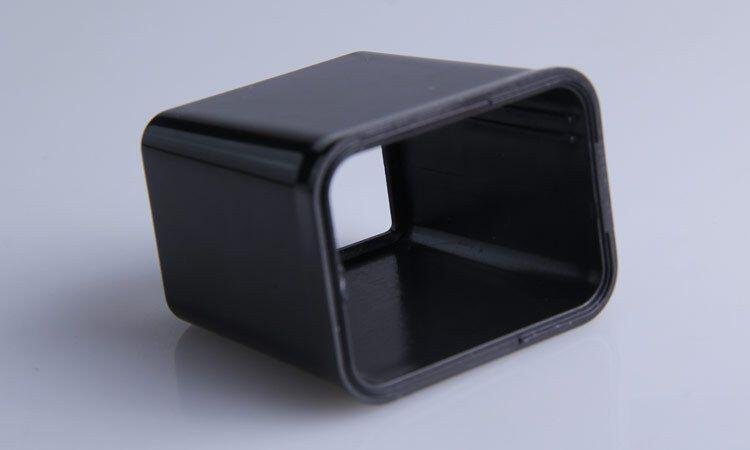
PC+ABS
PC+ABS plastic combines the advantages of PC and ABS. The surface of the material is smoother and the strength is good. Compared with pure ABS plastic, it is more resistant to high temperature and has good overall performance. It is mainly used in electronic components. Cases for laptops, mobile phone chargers and other equipment.
But the heat resistance is not as good as pure PC plastic.
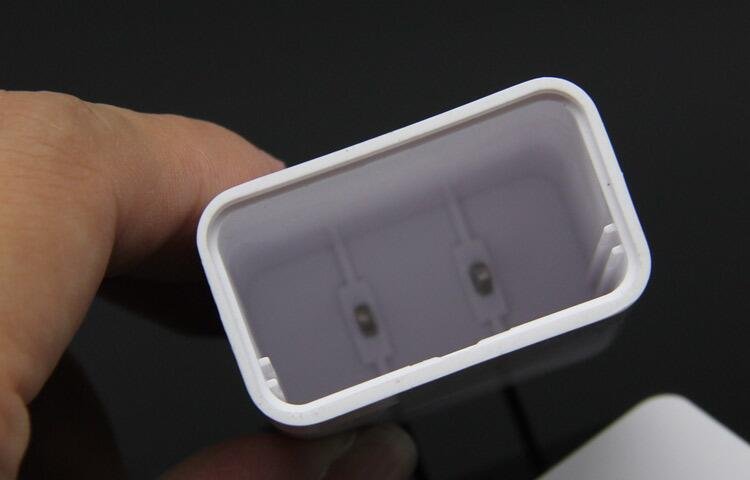
The necessity of PC flame-retardant material for charger shell?
As we all know, the PD charger is actually a transformer, which converts household 220V AC power into suitable low-voltage DC power. During the conversion process, about 30% of the electrical energy will be consumed, and it will be dissipated through the air in the form of heat. . Therefore, when the mobile phone is being charged, the charger will generate a lot of heat energy. In order to protect the user's charging safety, we choose a PC flame-retardant material that is more resistant to high temperatures.

Mobile phone charger holders are generally made of flame-retardant PC/ABS alloy. Today's smart phones use lithium batteries. Because they don't have a memory function, they normally charge as long as they want to charge, but even then, the charger cannot be plugged in all the time.
Because the charger is energized when it is plugged into the plug-in board, it will generate a certain amount of current and is always in working condition. If it is left unplugged on the power strip for a long time, it will continue to heat up, which will accelerate the aging of the devices and materials, and easily cause short circuits or high voltage breakdowns, which may cause fire hazards.

Therefore, due to safety considerations, mobile phone charger holders usually require flame retardancy and must reach UL-94VO level. Therefore, more flame retardants need to be added to PC/ABS.
Because the flame retardant PC/ABS alloy has a high temperature during granulation and processing (above 230 degrees Celsius), the flame retardant used must first meet the requirements of processing temperature, that is, it will not decompose, volatile, and Does not change color, does not deteriorate, and causes harmful reactions with different other components.
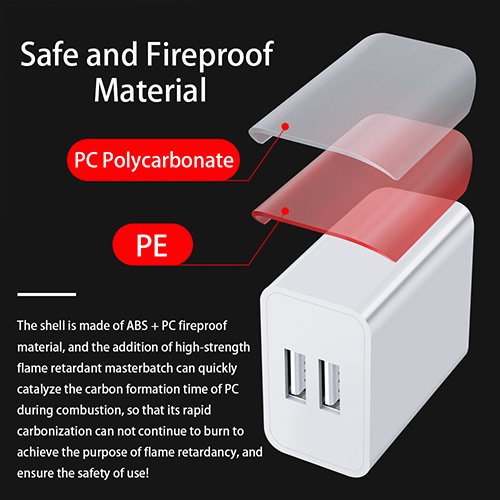
The flame retardants usually used in flame-retardant PC/ABS alloys are bromine-containing flame retardants and used in combination with antimony. Therefore, this project also uses this as the basis for the formulation of flame-retardant formulations. At the same time, in order to suppress the oxidative decomposition of PC and ABS during processing, it is also necessary to consider adding antioxidants.

High-efficiency compatibilizer has a very significant contribution to the impact strength of flame-retardant PC/ABS, and is an excellent compatibilizer. The flame-retardant PC/ABS alloy prepared by the formula fully meets the requirements, and the processing performance is extremely good.
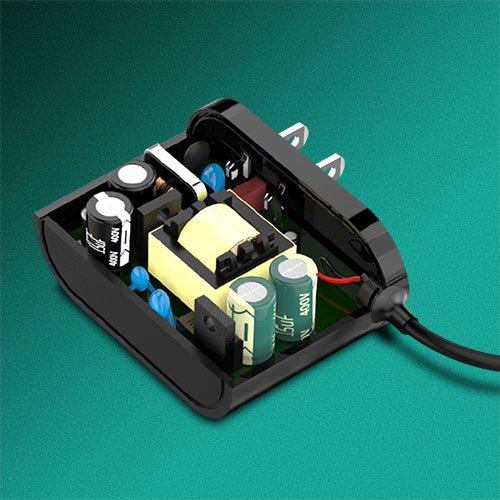
The PD charger that is launched now has a faster charging speed, and we are also equipped with a higher-quality charger housing flame-retardant material.





